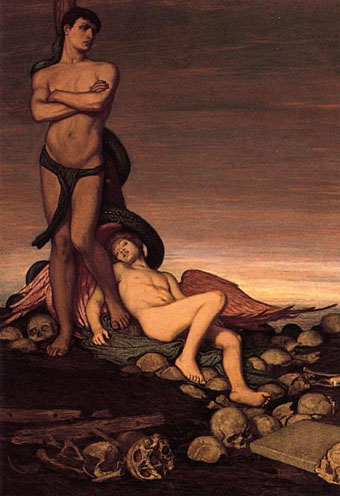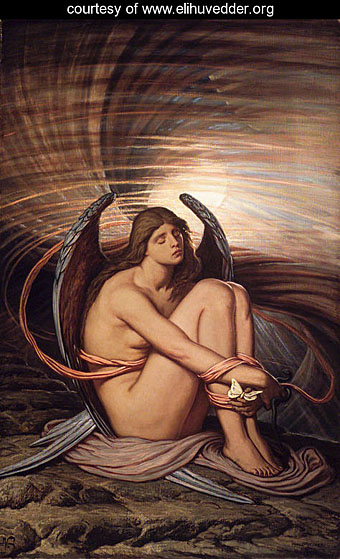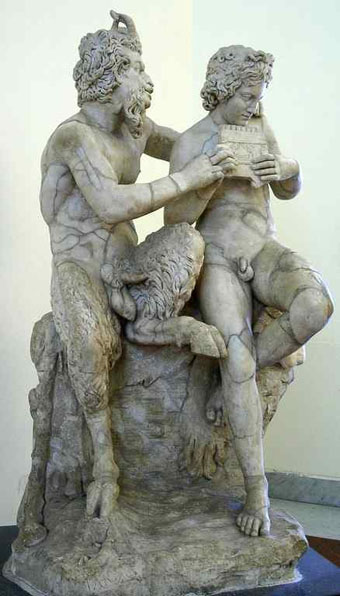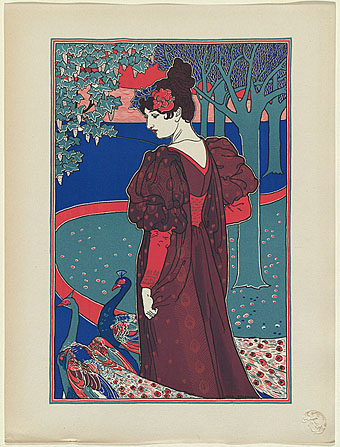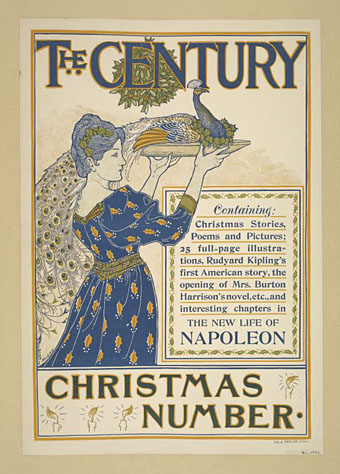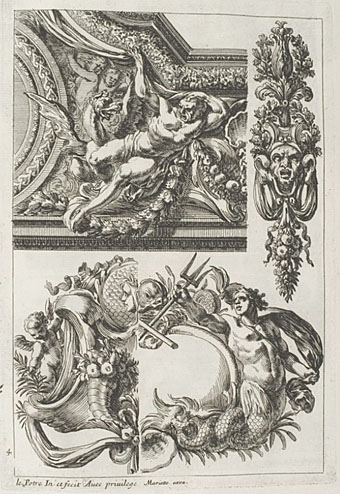
Following some print links led me once again to the University of Heidelberg and a collection of engravings by Jean Le Pautre (1618–1682), the grandly-titled Oeuvres D’Architecture De Jean Le Pautre, Architecte, Dessinateur & Graveur du Roi (Band 1): Contenant les Frises, Feuillages, Montans ou Pilastres, Grotesques, Moresques, Panneaux, Placarts, Trumeaux, Lambris, Amortissements, Plafonds, & généralement tout ce qui concerne l’Ornement. This was published in Paris in 1751 and is a splendid series of architectural details including some eye-popping friezes of Rococo turmoil with a profusion of dragons, putti, hippogriffs, mermen and many other hybrids rioting among whiplash foliage. As with other works at Heidelberg, you can either examine the prints one at a time or download the lot as a single PDF.
Elsewhere on { feuilleton }
• The etching and engraving archive

